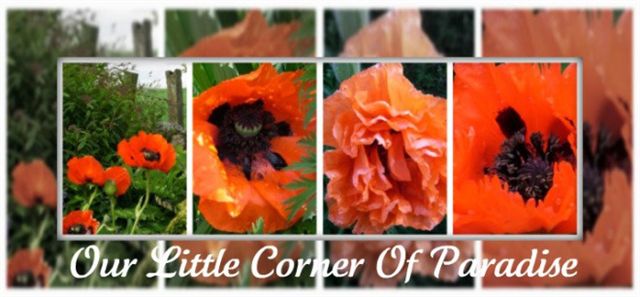Humble bumbles.


With all its myriad of flowers, our garden depends on the pollination of honey bees, who dash about hither and thither, and their distant round, furry cousins, the humble bumbles, who trundle slowly and gently collecting pollen and nectar. A decline in their numbers could cause large-scale changes to our garden.
Their greatest threat is from pesticides and any chemicals, which, if poured on the earth, would affect also the welfare of invertebrates, insects and the birds who eat them. As a nature lover, wishing to live in harmony with all the creatures who visit our garden, it’s important to me to be as organic as possible.
To this end, I grow as large a variety of pollen-producing flowers as the garden will hold, even leaving early dandelions here and there to feed the queens. In Autumn, my husband helps me gather up all our leaf litter to ensure we have a good supply to put under our hedges where a queen might choose to hibernate, and, in early Spring, build her nest. In return, the bees buzz about keeping me company, all the while humming their soothing songs, as we go about our separate business in the garden.
























4 comments:
hey, wahtever! - devan
We love watching the bees as they flit from flower to flower. We notice some always visit one particular colour; others one particular flower shape. Fascinating.
After reading all of your blog entries, looking at the beautiful pictures I believe that you have created a wonderful garden.
What else can we do?
Use the garden blogs to speak out against the use of pestizides and promote wild flowers and plants, bees and other insects need to survive.
But here is more about the British bumblebee:
Since the 1970s some species have declined by over 60 per cent.
This is because their natural habitats have been slowly reducing since the 1960s when modern farming was introduced. Flower rich habitats are reducing and therefore nectar - essential to the bees survival is becoming more scarce.
The aim of the guide is to gain a general and more specific idea of insects - how they develop, how they live.
The book is called : 'The Field Guide to the British Bumblebee'.
Great post thaanks
Post a Comment